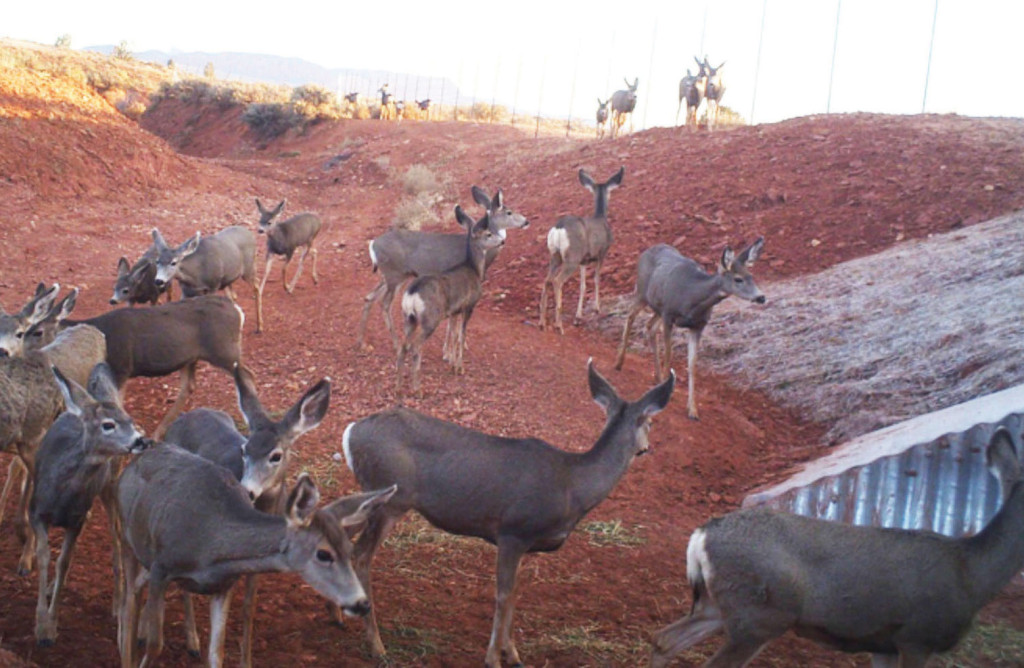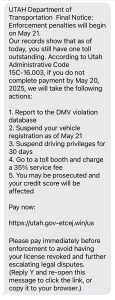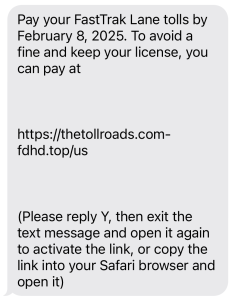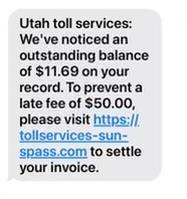UDOT and Partners Work Together to Protect Paunsaugunt Mule Deer Herd
September 22, 2014

Each fall the Paunsaugunt mule deer herd migrates off the Paunsaugunt Plateau near Bryce Canyon, to the Grand Staircase Escalante National Monument and across U.S. 89 to winter habitat in southern Utah and northern Arizona. In spring they return to the Paunsaugunt Plateau. During the migrations mule deer were killed on U.S. 89 in wildlife-vehicle collisions, which also posed a hazard for drivers. Historic data revealed that there was an average of 132 mule deer-vehicle collisions each year along U.S. 89 from Arizona to Kanab. As a result, UDOT and partner agencies came up with a strategy to add wildlife exclusion fencing to U.S. 89 east of Kanab in the migration area to funnel the mule deer and other wildlife to four existing structures, and to create three new constructed wildlife crossing culverts under the highway.
The creation of this wildlife mitigation marks a new era of inter-agency and non-profit partnerships to protect wildlife across roads. UDOT partnered with Utah Division of Wildlife (UDWR) to include multiple partners on this project, including Arizona Game and Fish (AZFGD), the Federal Highway Administration (FHWA), US Bureau of Land Management Grand Staircase Escalante National Monument, Kane County, the Mule Deer Foundation (MDF), Sportsmen for Fish and Wildlife (SFW) and others to come up with the funding and strategies to help mule deer migrate under U.S. 89.
The U.S. 89 Kanab Paunsaugunt Project partners brought together over 2.5 million dollars to install 12 miles of wildlife exclusion fencing and three wildlife culvert underpasses in the center of the stretch. Utah State University became a research partner, installing wildlife monitoring cameras at all structures and fence ends. In 2013 the mitigation was completed, research cameras were installed, and mule deer began moving under U.S. 89 in September.
As the mule deer migration began and camera data came in, it became apparent some mule deer were becoming restricted in their ability to use the structures because of cattle fences and people, and that the agency partnership needed to continue to work together to help make the mitigation most effective.
UDWR and BLM worked together to make small changes to fencing and gates to increases mule deer ability to use the structures, which were partially blocked by traditional cattle allotment boundary fences and gates under the road in the culverts and bridges.
In the fall during the peak of migration, mule deer may have become more skittish toward using the structures in part due to sports people scouting areas and individual animals for the hunt. Human presence combined with the restricted space of culverts and bridges that the mule deer were now expected to move through, the deer congregated near the fencing along the highway. People traveling on the freeway saw the deer and stopped to take a look. UDOT responded by placing variable message signs to discourage motorists from pulling over. UDWR contacted hunters who will be hunting in the area in 2014 with a message asking hunters to stay a distance away from crossing structures.
The fall 2013 photographs documented over 3,000 times mule deer used the structures or went around fence ends to migrate south. Continued agency coordination and research will help this herd and other wildlife stay clear of the highway while still accessing critical habitat on both sides of U.S. 89.
This guest post was written by Patricia Cramer, PhD USU Assistant Research Professor



